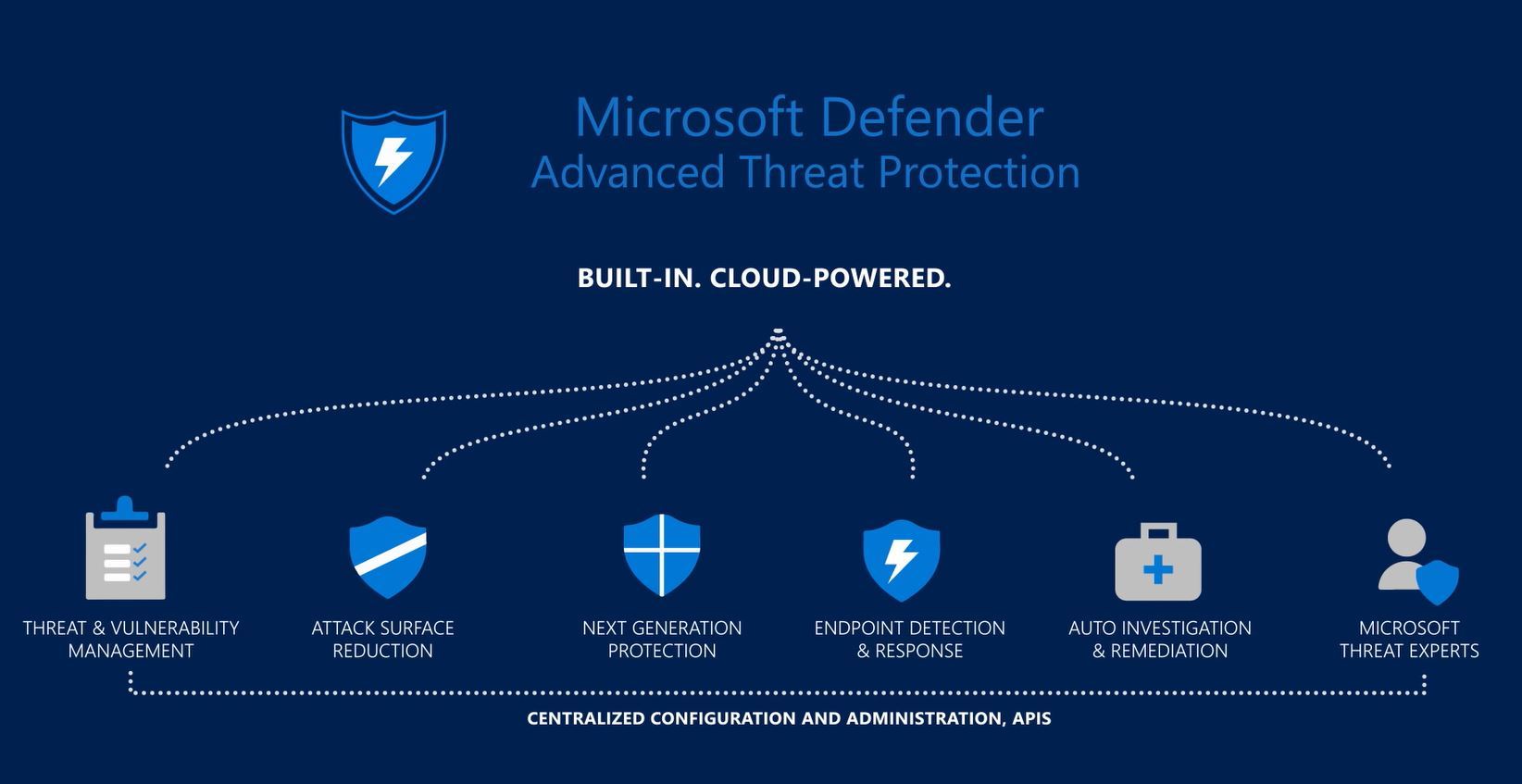

Scope the - Install Microsoft Defender for Endpoint Policy to the Macs you are deploying MDE to and wait for deployment.

Once done, confirm the Profile installed properly. Scope the cloned MDE configuration profile (based on processor architecture - either – Default Microsoft Defender for Endpoint (Intel) or – Default Microsoft Defender for Endpoint (M1)) to the Macs you are deploying MDE to (this applies the required configuration for MDE).Scope the cloned version of the – Uninstall Symantec Policy to the Macs you are deploying MDE to (this removes SEP from the Macs) and reboot them.Clone the UNM – Default Microsoft Defender for Endpoint (Intel) and UNM – Default Microsoft Defender for Endpoint (M1) Profiles from the Full JAMF Pro Site to your Site.Clone the UNM – Install Microsoft Defender for Endpoint and UNM – Uninstall Symantec Policies from the Full JAMF Pro Site to your Site.Kim on OpenLDAP with TLS and LetsEncrypt on Ubuntu 16.Johan on Microsoft Defender and macOS Ventura.Don Cohen on Working around ‘Key is stored in legacy trusted.gpg keyring (/etc/apt/trusted.gpg)’.Peter Hicks on Working around ‘Key is stored in legacy trusted.gpg keyring (/etc/apt/trusted.gpg)’.Previous Previous post: Automating your home with openHAB Search for: Search Recent Posts Author Peter Hicks Posted on Thursday 3 November 2022 Categories Uncategorized After a second or two, an entry for Microsoft Defender will reappear, and should have full disk access toggled on if it hasn’t already.įor some reason, the second time I did this, the Security Extension didn’t appear, but if it does for you, toggle that on. The fix was really simple – click on Microsoft Defender in the preferences pane and click the minus button, then repeat this for Microsoft Defender Security Extension. mdatp health to the rescue, which reported “Full disk access has not been granted”, so I knew I was on the right track. The error message in Defender wasn’t helpful, and I wondered if it was bringing up the Full Disk Access pane instead of another pane. Surprisingly, the only casualty of the upgrade was Microsoft Defender, which came up with a warning triangle and a suggestion I click ‘Fix’, bringing up the Full Disk Access page of System Preferences to do… well, something. I use my Mac Mini far less than I do my MacBook Pro, so I decided to upgrade without a fresh install, something I very rarely do.


 0 kommentar(er)
0 kommentar(er)
